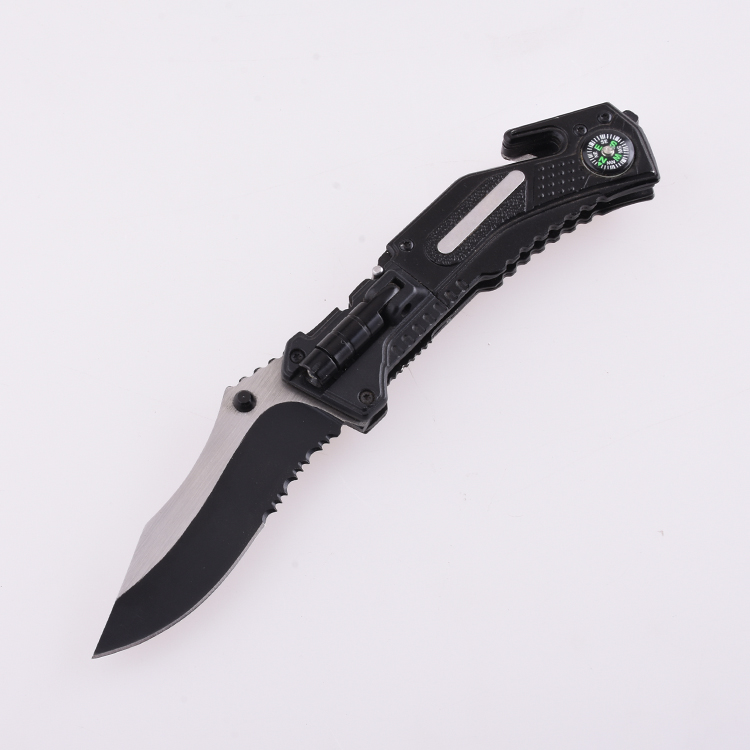Often when we mention a cool pocket knife or what kind of knife, the first reaction is to look at the workmanship of the blade, the material of the blade, and other information about the blade. This is true, but the handle may be something you often overlook.
No matter what kind of tool you use the handle is the one that most relieves people from the knife. Therefore, the quality of the handle directly affects the user’s experience. The most direct is the visual experience. Everyone has different hobbies, some like fancy, some like noble, some like retro, some like fashion, and some like simple. This is a very intuitive choice. However, as a valuable item, the appearance of a knife should not determine its value.
Here we have to mention the material of the knife handle. There are a large number of various types of handle materials on the current knife market.
But in general, these materials can be divided into three categories: metal, synthetic materials, and natural materials.
Today, we will first talk about metal materials.
metal
Metals are very common in knife handles. They are strong and durable, making them an excellent choice for outdoor equipment.
Metal materials are also classified, mainly divided into titanium alloy, stainless steel, and aluminum alloy.
Of course, most metal knife handles use alloys. Because the alloy can increase the durability and tensile strength of the handle, reduce the manufacturing cost, and so on.
You might say that metal handles are very slippery, but nowadays, the average tool manufacturer will do texture etching on the metal handle to increase the slip resistance.
Titanium:
Titanium alloy is a metal known for its strength and durability, and it does not rust.
This is mainly because titanium does not contain the element iron, and rust is mainly caused by the oxidation of iron.
In the tool industry, various titanium alloys are usually used to manufacture tool holders.
The most common titanium alloy we see is Ti6Al4V.
Ti6Al4V is composed of 6% aluminum (Al), 4% vanadium (V), and the remaining 90% is titanium (Ti).
It is sturdy, but it is also elastic, so it is also used as a part of the pocket knife lock.
But be aware that titanium is easier to scratch than stainless steel.
Stainless steel:
Stainless steel is a common material for blades and knife handles.
The steel itself is mainly made of an alloy of iron and copper, which is relatively cheap to make.
And it is not as easy to scratch and dent as titanium alloys and aluminum alloys.
However, it also has shortcomings. It is much heavier than titanium and aluminum. Whether it is used for EDC or survival, it is more troublesome.
Although stainless steel has strong corrosion resistance, it is not completely rust-free. If it is not properly maintained, it will rust.
Most stainless steel handles are relatively smooth, so it is easy to slip in wet conditions.
Tool manufacturers will rely on handle design, etching, and other methods to improve the grip firmness, slip resistance, and reliability of the tool handle.
Among the tool handles, 410, 416, and 420 steel are more commonly used.
Aluminum:
Aluminum is also a very popular metal in knives.
It is strong, light and cheap.
Like titanium, its corrosion resistance is also very high.
The weight of aluminum is very, very light, but aluminum handles are also prone to scratches and dents.
There are many types of aluminum alloys used for knife handles, the most common of which is T6-6061.
This material is mainly made of aluminum but also contains various other metal elements, such as magnesium, nickel, and copper.
Aluminum can be anodized and can be made into any color.
So on aluminum alloy knives, you can buy knives in various colors.
The aluminum handle is also very slippery, so the tool manufacturer will do the texture treatment on the aluminum handle so that it can maintain a relatively good grip even in wet conditions.
Want to learn more about pocket knives and outdoor tools? Welcome to follow us: Shieldon






